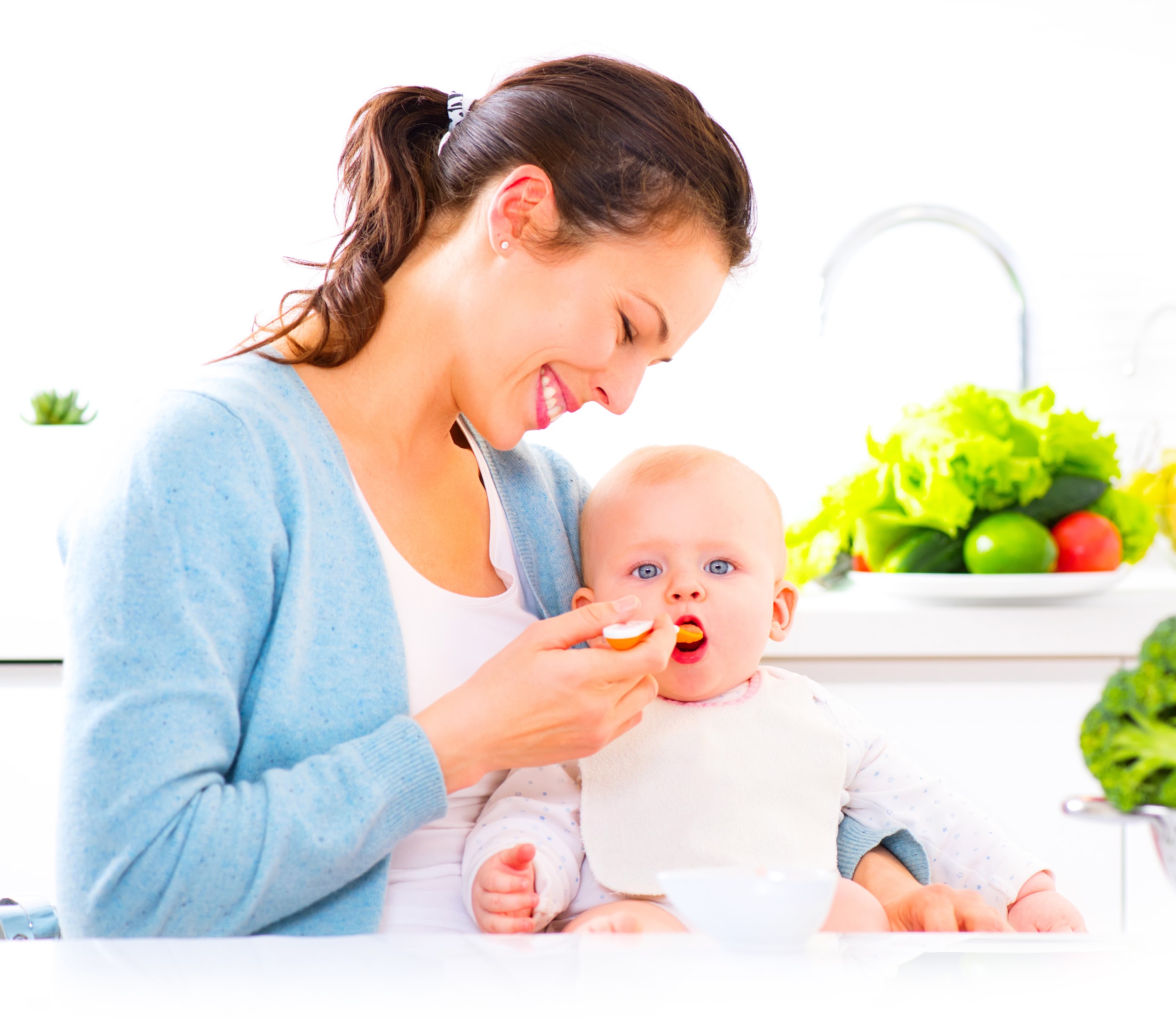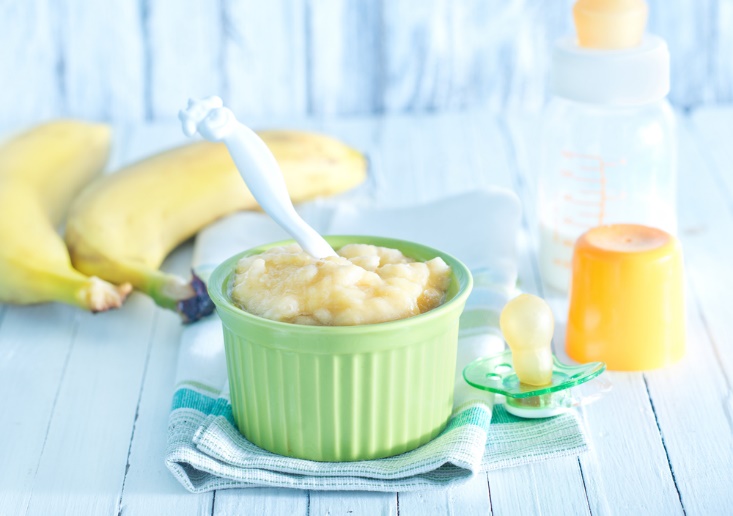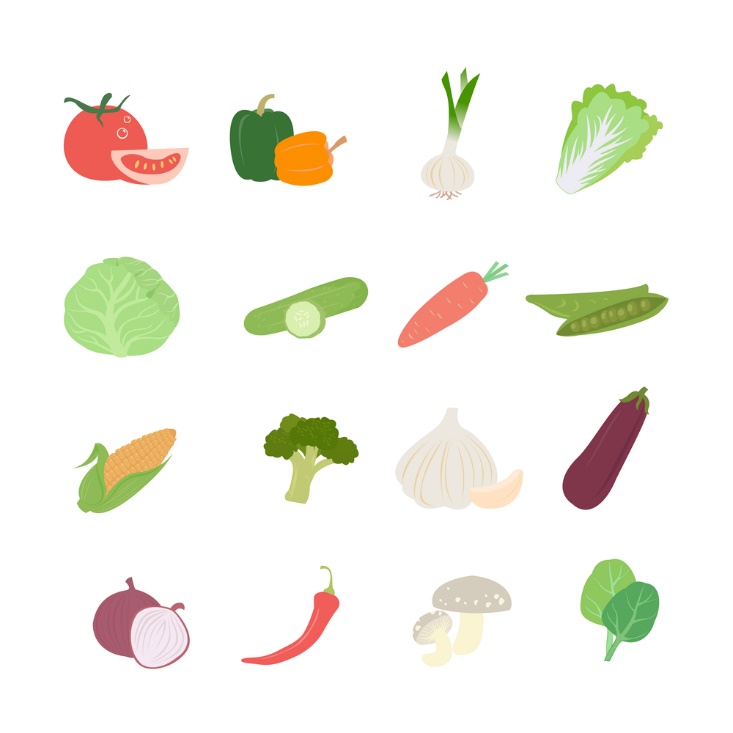The World Health Organization recommends breastfeeding your baby exclusively for the first six months of life. The WHO gives many health benefits of this including the fact that breast milk contains all the nutrients that baby needs. Breast milk also helps to build up a baby’s immunity and protects against childhood diseases such as pneumonia.
It prevents obesity in later life and has numerous physical and psychological benefits for both mother and baby. Babies who are breastfed exclusively have also been shown to have a higher IQ. However, as your baby grows older, it becomes necessary to introduce some solid food in order to ensure that they are getting sufficient nutrition.
Weaning may also become necessary for mothers who have to go back to work and those who are unable to produce enough milk for their baby’s needs. Whatever your reason for weaning, following a few easy strategies should ensure that you develop an effective feeding routine, and ensure that your baby gets the nutrition s/he needs. Below are a few easy ways to wean your baby off breast milk effectively and introduce them to solid food:
Start Slowly
Your baby’s digestive system is still developing by the time he reaches six months, which is the age that most babies start weaning off breast milk. In addition, he will likely have no teeth or only a few teeth which mean he will be unable to chew food.
It is therefore important to introduce only soft food such as pureed boiled vegetables that the baby does not need to chew. Also, ensure that you replace breastfeeding gradually by dropping off one or two sessions instead of going full throttle into weaning.
This way, your baby will have time to adjust to solid food while at the same time getting necessary nutrition from breast milk. Weaning slowly is also important to help you avoid engorgement, which can happen when your breasts are full of milk.
Follow the baby’s cues
Babies will wean most effectively when they develop interest in food themselves or begin to lose interest in breast milk. It is ok to leave off weaning if your baby shows little interest in solid food and prefers breast milk.
However, if you notice that your baby is starting to refuse breast milk or is increasingly fussy or distracted when breastfeeding, it may be time to consider introducing solid foods. Watch out for cues such as pushing food away or refusing to open the mouth during feeding in order to determine whether your baby is ready for weaning.
Other signs to look out for include: ability to hold their head up or sit in a high chair, significant weight gain (should have doubled their birth weight by six months), and ability to close their mouth around a spoon.
Bottle feeding
Substitute one breastfeeding session with a bottle feeding one in order to familiarize your baby with different textures and make it easier to introduce different foods. It is essential to do this as early as possible (ideally before 3 months), before the baby starts to become aware of what is going on around them which can affect bottle-feeding.
If your child is distracted or pushes away the bottle, try feeding them in different surroundings, hold them in a different position or have someone else feed them. Remember to remain calm during this transition as babies can pick up on tension and start to associate bottle feeding sessions with discomfort. You can feed formula, breast milk or whole cow’s milk (if baby is at least one year old) during your bottle feeding session.
Introduce a variety of foods
One of the best ways to ensure effective weaning is introducing a variety of foods into the baby’s diet. This way you can find out which foods they like or dislike and develop a feeding program that ensures that they get maximum nutrition from the foods they like best. In addition, introducing many different types of foods will help to develop the baby’s palate and avoid their turning into a fussy eater.
Begin by introducing a variety of vegetables such as carrots, peas, sweat potatoes, squash, pumpkin, spinach and broccoli. Ensure that all vegetables are well cooked and thoroughly pureed before feeding them to the baby. Fruits like mashed bananas, avocadoes, melon and cooked apple are also great choices to introduce to a baby from six months.
After six months of exclusive breastfeeding, start by introducing fortified baby cereal which is an important source of iron into the baby’s diet. Begin by feeding 1 teaspoon of pureed food mixed with four to five teaspoons of breast milk or formula and gradually increase the quantity of food while reducing the amount of breast milk for a thicker consistency. By the time your baby is two years old, they should be completely weaned from breastfeeding and able to eat regular adult food with a few variations.
Develop a schedule
Feed your baby at set times each day in order to develop a regular schedule and ensure they get sufficient food and adequate nutrition. At the beginning, you will only be feeding your baby once a day and can then gradually increase the feedings as they grow older and are able to eat larger quantities of food as well as well as a greater variety of them. A schedule is also important to help incorporate other activities such as play and tummy time into your baby’s routine as well as ensure that they get adequate rest.
Weaning is an essential part of your baby’s development, and serves to introduce him to healthy foods that will ensure he grows strong and healthy. It is therefore important to ensure that you start properly and develop a routine that will ensure that your baby is getting the right foods at the right time.
You will want to avoid starting too early or leaving it too late for baby to benefit from an effective routine. With the right strategies however, you can ensure that your baby is effectively weaned off breast milk and that s/he gets an adequate supply of nutritious foods that will get him started on the journey to lifelong health.
Author Bio:
Mary Ross is a mom of four. She loves using her energy to help other people improve their lives. She started The Impressive Kids to help first-time moms and dads overcome the challenges of being new parents. She’s a foodie, and always finds time to cook for her family.







